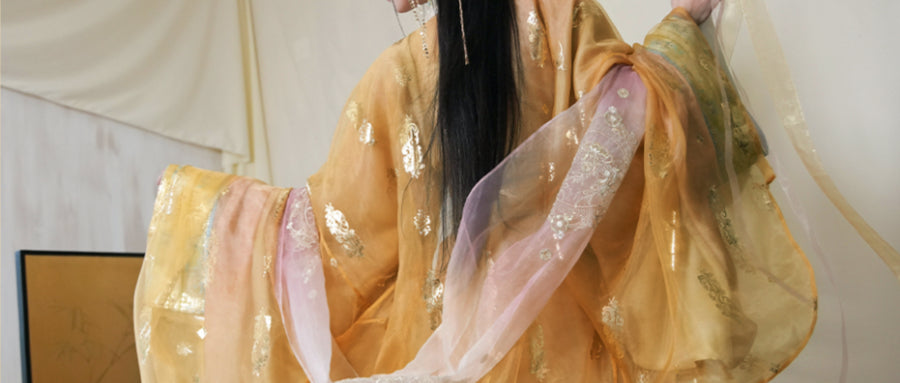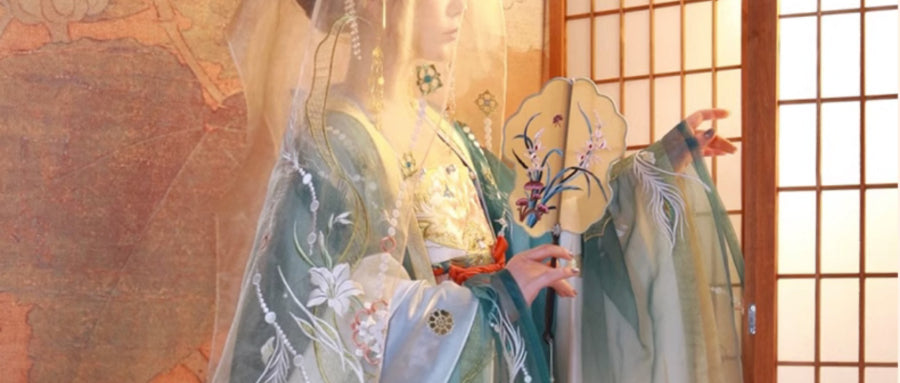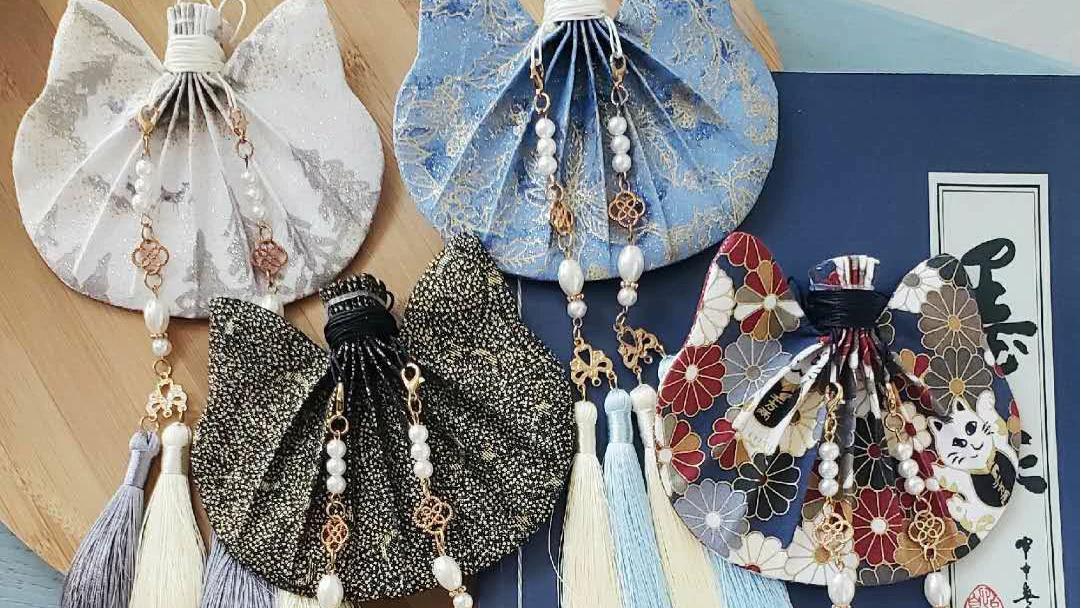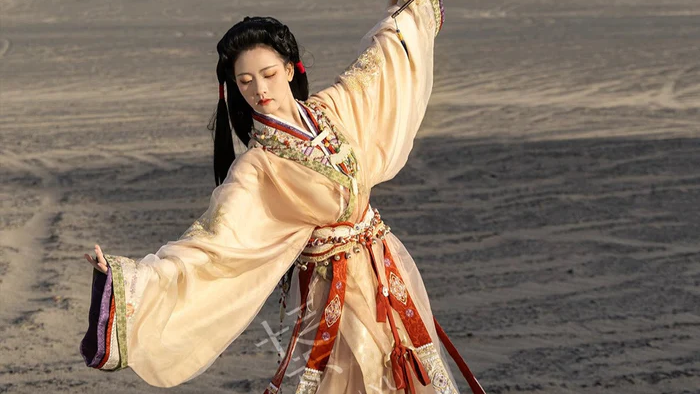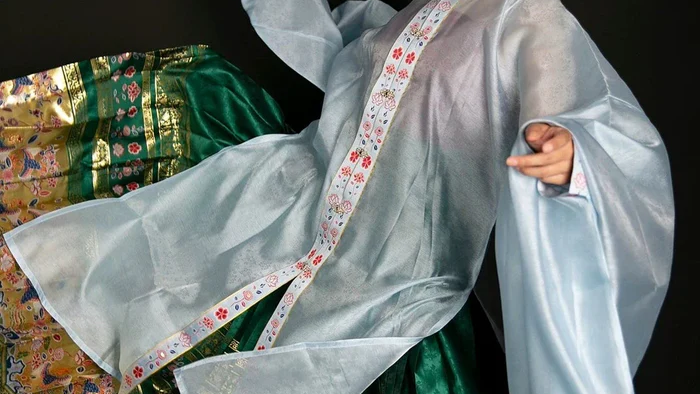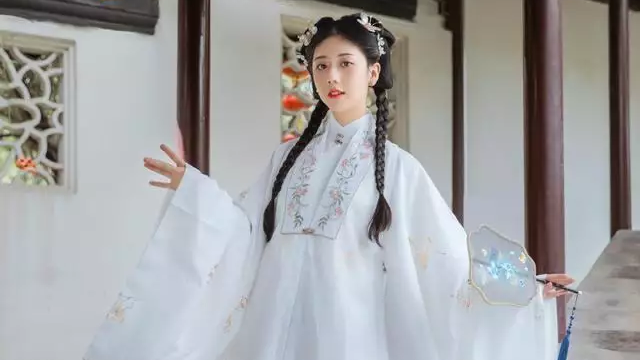Introduction
Delve into the world of Hanfu, the traditional Chinese attire that has graced the history of China for millennia. Whether you're a seasoned enthusiast or just beginning your sartorial journey, this guide will serve as your compass to the rich tapestry of Hanfu styles, collars, and their cultural significance.
Understanding Hanfu: The Basics
Hanfu, with its flowing silhouettes and intricate designs, is more than just clothing; it's a symbol of China's profound cultural heritage. Let's start with the fundamental elements that define Hanfu:
- Silhouette: The overall shape and cut of the garment, which can range from the simplicity of a single-layer shirt to the grandeur of a layered robe.
- Fabric: Traditionally, silk and brocade were used, reflecting the wearer's status and the garment's ceremonial importance.
- Patterns: Often drawn from nature, patterns carry symbolic meanings and are a testament to Chinese artisanship.
The Collar: A Signature of Hanfu
The collar is a distinctive feature of Hanfu, with various styles reflecting different dynasties and social customs:
- Jiaoling (Crossed Collar): Emblematic of traditional Chinese attire, it signifies a harmonious balance.
- Liling (Standing Collar): A high neck reminiscent of the Ming Dynasty, offering a regal and warm embrace.
- Duijin (Parallel Panel Collar): Characterized by its open front, it was prevalent in both casual and formal wear.
Garment Types: The Essence of Hanfu
Each piece of Hanfu tells a story, with different garment types suited for various occasions:
- Ru (Early Dynasty Top): Known for its distinctive waist piece, it was a staple in ancient attire.
- Shan (Single Layer Shirt): The simplicity of this garment allowed for versatility in both everyday and ceremonial wear.
- Ao (Double Layered Shirt): Offering warmth and elegance, it was especially favored during the colder periods of Chinese history.
Beyond the Basics: Specialty Hanfu Garments
Some Hanfu garments have unique names and constructions that set them apart:
- Beizi (Song Dynasty Outerwear): A decorative border adds a touch of elegance to this long jacket.
- Banbi (Half Arm): A cropped upper garment, it was fashionable for its practicality and style.
- Daopao (Taoist Robe): Though associated with Taoism, its popularity transcended religious boundaries.
Combining the Elements: A Cheatsheet for Hanfu Identification
Now that you're familiar with the components, let's put them together to identify Hanfu styles:
- Collar Type + Garment Type: For example, a 'Yuanling Pao' combines a round collar with a robe.
- Specialty Words: Recognizing terms like 'Beizi' or 'Daopao' can help you identify specific styles.
Conclusion
With this handbook as your guide, you're well-equipped to explore the world of Hanfu. Whether you're searching for a traditional piece or incorporating Hanfu elements into modern fashion, this knowledge will enrich your understanding and appreciation of this timeless attire.
Sources
- "Hanfu in Components" by redsugarx
- "Tieli vs Yesa" by Ziseviolet
- "Guide to Hanfu Types" by Ling
- "Hanfu" on Wikipedia
